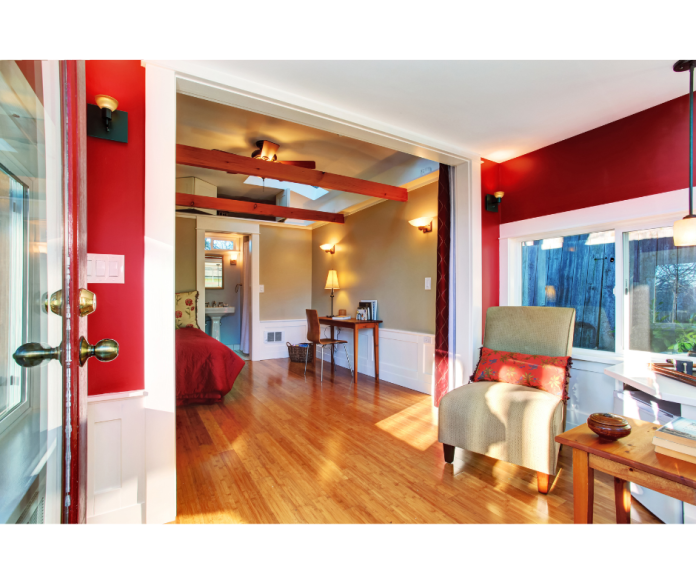AIRBNB PRICING
Airbnb pricing strategy has become a crucial element for hosts to maximize their profits. However, pricing strategy for larger properties can be particularly tricky. There are unique challenges that come with larger properties. I just watched a YouTube video by Sean Radkizich about pricing. He’s got some of the most advanced pricing strategies I have seen.
LARGER VS SMALLER
The video begins with a key distinction between apartments/condos vs larger homes. I currently have both. I have a condo in Maui and a cabin in Big Bear which accommodates 12 people. If you have apartments or condos, you should still watch this video.
Understanding how and why people book is essential to mastering pricing strategy. This of course applies to smaller properties as well. The video explains that the primary market force that drives pricing strategy is the fragility of inventory. You can always sell physical products like furniture at a later time. However, if you miss an opportunity for a booking in short-term rentals, you cannot recover it. As a result, hosts must find the right price for every single day on their calendar.
HIGH PRICES
One way to adjust prices is to raise them during special events or high seasonal markets when demand is high. In the wintertime, it’s the high season for both my Maui property and my Big Bear property. My newest property is in Indio California. It just got the highest nightly rates it will get for the entire year for the Coachella Music Festival. I could charge more for Coachella because it’s likely that all properties in the area will get booked. There will be very little inventory remaining.
LOWERING PRICES
On the opposite end of that hosts may need to lower their prices. Prices go down during low-demand periods when competition is high. On larger homes, it makes sense to start dropping prices sooner. People who are bringing groups of 12 plan further into the future than a couple who might be taking a last-minute trip. You want to avoid having to drop your prices by more than 50%. You will need to start changing your prices far further into the future than with apartments.
Another challenge with larger properties is the highest and lowest price. The percentage difference in the lowest price will be greater with larger homes. The price drop for larger properties could be as much as 70% to get a last-minute booking, compared to 30% for studios.
To prevent this change lower prices further into the future. You can target different group sizes as the booking window gets closer. I might be targeting a group of six people last minute even though my occupancy in Big Bear is 12. By letting prices swing wider and sooner I can attract different-sized groups.
DYNAMIC AIRBNB PRICING
Some people argue that if their property is always booked, they don’t need dynamic pricing. Sean and I both agree that this mindset only means that their prices are too low. Dynamic pricing is essential to maximize profits, even for the best properties.
Overall, pricing strategy for larger properties requires a more nuanced approach. You must take into account the unique challenges that come with it. By applying the techniques discussed in this video, you could definitely increase your revenues. My goal is always to get near 100% occupancy for my properties.
TIMING
The video suggests dropping prices on larger homes seven to ten days in the future. This could help prevent last-minute bookings that may result in parties. By dropping prices at this point, hosts have enough time to assess whether or not a potential guest is a risk. He says you could also raise your prices again as the last minute gets closer. Hopefully, that will help prevent parties. You could also get paid a premium for any last-minute relocations. Market research is also essential in pricing strategy. You need an understanding of the local demographic and competitive heat in your area.
SPLIT STRATEGY
At the end of the video he talks about a controversial technique called the “split strategy.” I personally wouldn’t do this. The challenges it could present would not be worth it to me. The juice would not be worth the squeeze.
The split strategy involves both:
listing a large property as an entire place
creating separate listings for each individual private bedroom
The entire home price is kept at a regular price point. The private bedroom listings are dropped in price for leftover dates. This allows hosts to capture partial revenues or even more revenues than their individual listing is capable of getting. It’s also preventing the listing from getting zero dollars of revenue.
You must be prepared to adapt your business model to accommodate the dynamics of guests sharing spaces. Think cleaners daily. That’s why I am not a fan.
You can see the entire video below.


